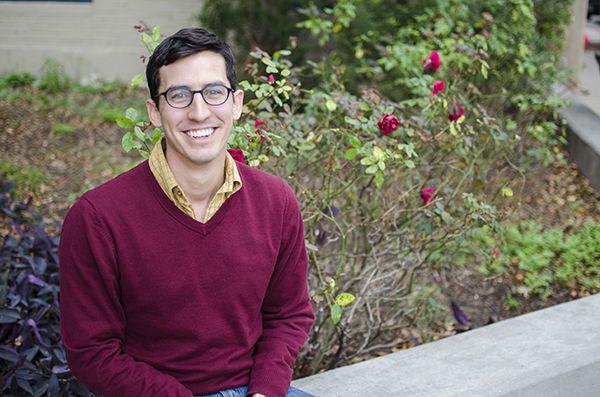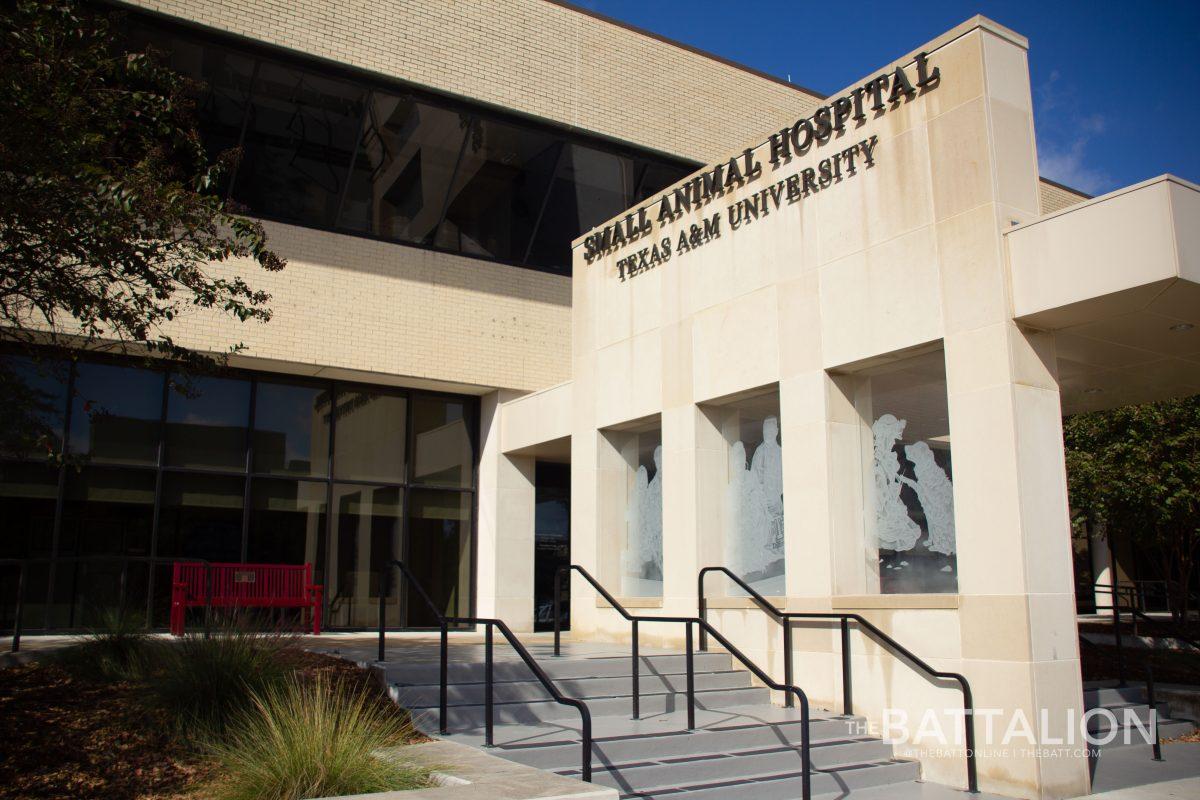Nikita Redkar, news writer, sits down with history senior Andrew Payne to discuss his new community initiative.
THE BATTALION: What gave you the idea for the Aggieland Monarch Project?
Payne: I had the idea for the project when a woman came to a Texas Master Naturalist training course. She came to give us a lecture on insects, and at the end of the lecture we took some time to talk about the monarch butterfly. She explained that they are in decline due to illegal logging in Mexico which is where they roost in the winter. It’s also due to the destruction of native prairies where their obligate larval host, the milkweed plant, grows. They have to have this one plant to breed on, they can’t breed on any other type. As we’ve cut down the prairie, we have not been planting milkweed to replace the milkweed we’ve destroyed, so we’re losing monarch butterflies. She was a wonderful educator. She challenged us to plant milkweed.
THE BATTALION: What is the Texas Master Naturalist program?
Payne: It’s a program put on by the state of Texas through Agrilife Extension to train citizens in basic conservation principles and practice. We are called upon by Texas Parks and Wildlife, municipal parks, the National Forest Service and other organizations to come and volunteer our time and our labor. We’ve been trained in basic elements of conservation.
THE BATTALION: How did you respond to the challenge?
Payne: I couldn’t plant milkweed because I live in an apartment. So I started looking around campus and I found these empty landscape beds that were unused and looked for ways I could put the milkweed in those.
THE BATTALION: What are the goals of the project?
Payne: To plant milkweed, and have the university incorporate milkweed and other native pollen friendly plants in our landscape designs.
THE BATTALION: What is the flight pattern of monarchs?
Payne: They migrate. They’re one of the few migrating insects, and they do it over many generations, which is really wild to think that one generation starts, gives birth to a generation, then dies, and then that generation continues and then come back. Multiple generations are working together to complete an objective. They come through Texas on the way up and the way down, and they spend the winters in a rain forest in Mexico. That rainforest is being cut down illegally.
THE BATTALION: What impact are you trying to have for monarchs in the area?
Payne: We can’t do anything about the logging in Mexico. But what we can do is create so much viable habitat for the monarch while they’re coming through Texas both ways that we boost their numbers. They come through the Brazos Valley. They come up the coast, hit the Brazos River and turn left and follow the Brazos River, so they come through Aggieland. We need to do something to help them.
THE BATTALION: Besides the fact that they are a state insect, why should monarch butterflies be preserved?
Payne: I think they should be preserved because they’re there. They are beautiful, they’re not really a food source for anything. The reason they only breed on milkweed is because the milkweed sap is poisonous. The caterpillars can eat it, and it makes them toxic to birds. They are enormous butterflies, brilliantly colored and beautiful. It’s kind of like, Why should we conserve anything? It’s good work, it’s something we can do. We are an enormously capable species, we can do so much. Taking care and demonstrating care of another organism, that is a good use of our talents and our gifts as a species.
Protect the monarch
January 27, 2015

Nikita Redkar — THE BATTALION
Senior Andrew Payne created a program to help save the state insect.
0
Donate to The Battalion
$2790
$5000
Contributed
Our Goal
Your donation will support the student journalists of Texas A&M University - College Station. Your contribution will allow us to purchase equipment and cover our annual website hosting costs, in addition to paying freelance staffers for their work, travel costs for coverage and more!
More to Discover









